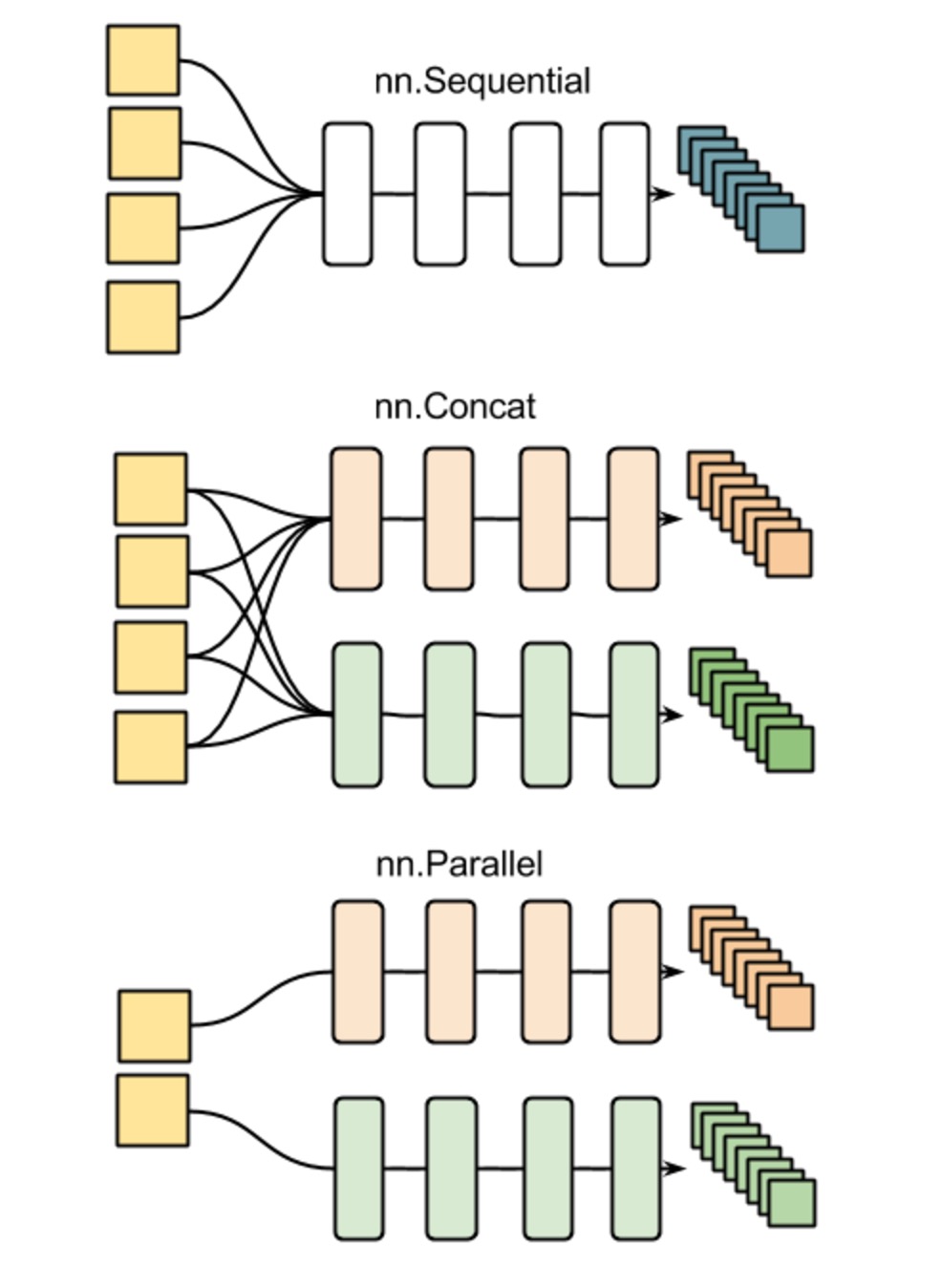Content are from: https://github.com/soumith/cvpr2015/blob/master/Deep%20Learning%20with%20Torch.ipynb
Lua Data types:
Lua has two data structure built-in, a table: {} and tensor(matrix). Also there are Strings, numbers.
String use '' :
a = 'hello'
# is the length operator in Lua
Like:
for i=1,#b do -- the # operator is the length operator in Lua
print(b[i])
end
Tensor in Lua is like matrix in matlab:
a = torch.Tensor(5,3) -- construct a 5x3 matrix, uninitialized
There are three syntax of matrix multiply of Lua:
-- matrix-matrix multiplication: syntax 1 a*b
-- matrix-matrix multiplication: syntax 2 torch.mm(a,b)
--matrix-matrixmultiplication:syntax3
c=torch.Tensor(5,4)c:mm(a,b)--storetheresultofa*binc
Tensor can use : to call some useful tools like the example above:
require 'cutorch'; -- like import a = a:cuda() -- call cuda b = b:cuda() c = c:cuda() c:mm(a,b) -- done on GPU
Construct Neural Networks (use 'nn'):
Constructing neural network in torch needs 'require 'nn'' at first.
There are three kinds of nn in torch:
All these can be used nn.Sequential(); nn.Parallel() or nn.Concat() to realize. It must be declared in the beginning of code.
Here is the example:
net = nn.Sequential() net:add(nn.SpatialConvolution(1, 6, 5, 5)) -- 1 input image channel, 6 output channels, 5x5 convolution kernel net:add(nn.Sigmoid()) -- non-linearity net:add(nn.SpatialMaxPooling(2,2,2,2)) -- A max-pooling operation that looks at 2x2 windows and finds the max. net:add(nn.SpatialConvolution(6, 16, 5, 5)) net:add(nn.Sigmoid()) -- non-linearity net:add(nn.SpatialMaxPooling(2,2,2,2))
It defines the first two convolution layers of the network.
Every neural network module in torch has automatic differentiation. It has a :forward(input) function that computes the output for a given input, flowing the input through the network. and it has a :backward(input, gradient) function that will differentiate each neuron in the network w.r.t. the gradient that is passed in.
In the network I mentioned above, the convolution layer can let it's convolution kernels to learn if it adapt the input data and the problem being solved. So the parameters of this layer are learnable.
However, the max-pooling layer has no learnable parameters. It only finds the max of local windows.
For learnable parameters, we can use the .weight to see what parameters does this layer have.
m = nn.SpatialConvolution(1,3,2,2) -- learn 3 2x2 kernels print(m.weight) -- initially, the weights are randomly initialized
There are also two other important fields in a learnable layer. The gradWeight and gradBias. The gradWeight accumulates the gradients w.r.t. each weight in the layer, and the gradBias, w.r.t. each bias in the layer. We can use .gradWeight and .gradBias to see them.
By the way, gradWeight is the usual gradient we are talking about.
Use Criterion to define a loss function
In torch, loss functions are implemented just like neural network modules, and have automatic differentiation.
They have two functions - forward(input, target), backward(input, target)
criterion = nn.ClassNLLCriterion() -- a negative log-likelihood criterion for multi-class classification criterion:forward(output, 3) -- let's say the groundtruth was class number: 3 gradients = criterion:backward(output, 3)
Then we can perform gradient descent in back propagation:
gradInput = net:backward(input, gradients)
Use :train(training-set) to train the network
For the network to adjust itself, it typically does this operation (if you do Stochastic Gradient Descent):
weight = weight + learningRate * gradWeight
If we use the simple SGD trainer for example (more details in https://github.com/torch/nn/blob/master/doc/training.md#stochasticgradientmodule-criterion):
It has a function :train(dataset) that takes a given dataset and simply trains your network by showing different samples from your dataset to the network.























 1670
1670











 被折叠的 条评论
为什么被折叠?
被折叠的 条评论
为什么被折叠?








